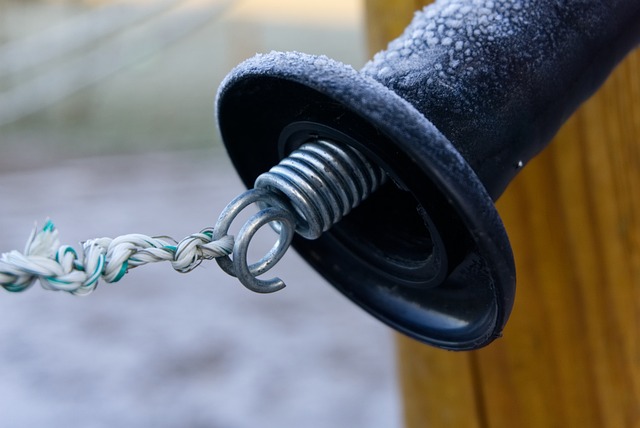DIY Fence Installation Tips for New Bedford, Massachusetts Homeowners
Considering a DIY fence installation? For New Bedford residents, selecting the right fencing solution is an exciting project that can enhance your property’s aesthetic and security. This guide walks you through the process, from preparing your yard to choosing materials, step-by-step installation, and final touches. We’ll also offer maintenance tips to ensure your new fence remains in top condition. By following these expert recommendations, you’ll be well on your way to creating a beautiful and durable barrier that complements your home’s unique character.
- Prepare Your New Bedford Yard for Fencing
- Choosing the Right Fence Type and Material
- Step-by-Step Guide to DIY Fence Installation
- Final Touches and Maintenance Tips
Prepare Your New Bedford Yard for Fencing
Before installing a fence, preparing your New Bedford yard is half the battle won. Start by clearing the area of any debris, plants, or structures that might interfere with the fence’s placement. Remove old fences, hedges, or any obstructions that could affect the project. It’s crucial to survey the property lines and ensure you have the necessary permissions from neighbors or local authorities, especially when installing a privacy fence.
Mark out the perimeter of your desired fence using string and stakes. This will give you a clear visual of where the fence will go and help with measuring and cutting posts to the correct height. Ensure the ground is level and compacted to provide a solid base for the fence posts. Digging holes for the posts should be deep enough to support their weight and ensure they don’t settle over time, creating an uneven fence.
Choosing the Right Fence Type and Material
When considering DIY fence installation, New Bedford homeowners should start by selecting the right type and material for their needs. Factors like privacy, security, durability, and aesthetics play a crucial role in this decision. Wood is a popular choice due to its classic look and relatively low cost, but it requires regular maintenance. Vinyl offers a low-maintenance option with various styles available, making it ideal for those seeking long-term resistance to rot and pests. Chain link fences are robust and provide security, suitable for areas needing more protection.
The material’s quality is equally important. Opting for high-density vinyl or treated wood ensures longevity against the region’s harsh New England weather. Consider local climates and environmental factors that might impact your fence’s performance over time, ensuring a durable and long-lasting installation.
Step-by-Step Guide to DIY Fence Installation
Installing a fence yourself can seem daunting, but with proper planning and clear steps, it’s achievable for New Bedford homeowners. Begin by assessing your property line and obtaining any necessary permits from local authorities. Next, choose the right fence type for your needs—wooden pickets offer a classic look, while vinyl is low-maintenance. Measure and mark the perimeter of your desired fence location accurately to ensure a level installation.
Dig post holes along your marked outline using a post-hole digger, ensuring each hole is deep enough (typically one-third to half the length of the fence post) and broad enough for stable support. Set the posts in place, backfilling with gravel first, then concrete to secure them firmly. As you attach the fence panels or rails, use level tools to ensure everything is straight and even. Regularly double-check your progress to catch any misalignments early on.
Final Touches and Maintenance Tips
Once your fence is fully installed, it’s time to admire your handiwork. The final touches involve cleaning up any debris left over from construction and ensuring all hardware is secure. Check each post and rail for stability, tightening any loose screws or bolts as needed. Apply a fresh coat of paint or sealant if desired, enhancing the fence’s aesthetic appeal and protective layer.
Regular maintenance is key to keeping your New Bedford fence in top condition. This includes periodic cleaning to remove dirt, leaves, and other debris. Inspect the fence regularly for signs of damage, rot, or infestation. Promptly address any issues to prevent them from escalating. Keep a supply of spare parts on hand for quick repairs, ensuring your fence remains sturdy and secure for years to come.
